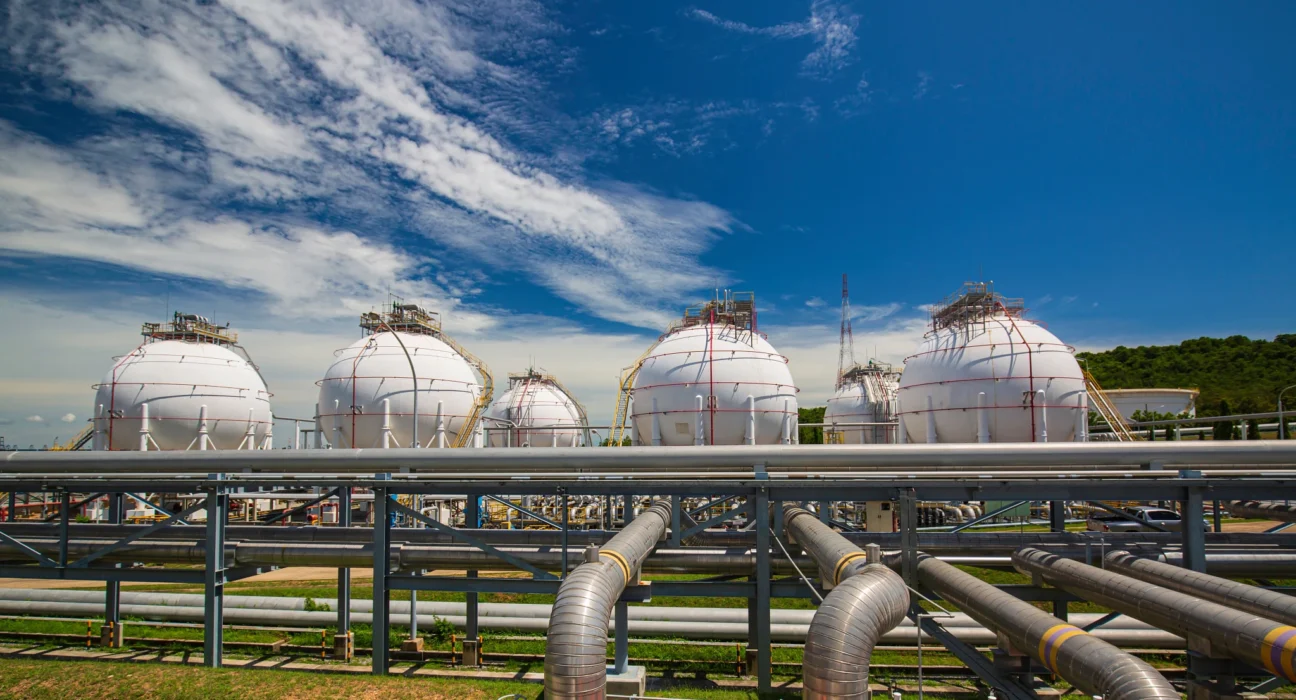In a new report by Greenpeace USA, Earthworks, and Oil Change International, the focus is on analyzing five major planned US liquefied gas export facilities. These projects are under scrutiny through the lens of the Climate Test benchmark derived from the US Department of Energy’s 2024 LNG Export Study.
The five US liquefied gas export facilities in question are Venture Global CP2, Cameron LNG Phase II, Sabine Pass Stage V, Cheniere Corpus Christi LNG Midscale 8-9, and Freeport LNG Expansion. The analysis aims to determine how these projects align with global climate goals and whether they contribute to mitigating the impacts of the climate crisis.
Thomas Gelin, a Greenpeace EU climate and energy campaigner, raises concerns about Europe’s increasing dependence on US gas imports. He emphasizes the need for European leaders to shift towards renewable energy sources to secure a sustainable future. Gelin advocates for a ban on all new fossil fuel projects within the EU as a critical first step towards achieving this goal.
One key finding of the report is that all five liquefied gas projects fail to meet the climate test set forth by the US Department of Energy in 2024. These projects would lead to a net increase in global greenhouse gas emissions regardless of various climate policy scenarios or technological advancements.
Even with sustainability measures implemented to reduce GHG emissions associated with LNG production, such as switching gas supply basins or using renewable energy for liquefaction, increasing US liquefied gas exports remains incompatible with limiting global warming to 1.5 degrees Celsius.
The report also highlights significant shortcomings in current methodologies used to assess emissions from large-scale accidental releases during LNG production and transport stages. It underscores that realistic data and assumptions must be incorporated to accurately evaluate the environmental impact of new liquefied gas infrastructure.
Moving into a European context, it becomes evident that several European companies have already committed to long-term purchase agreements for these US liquefied gas export facilities despite declining gas demand in Europe. This poses challenges as Europe aims to phase out fossil fuels by 2035 while maintaining such extended agreements beyond this timeframe.
As discussions around direct financial investments by the EU into LNG export infrastructure abroad surface, concerns arise regarding their compatibility with global efforts to limit warming to 1.5 degrees Celsius. The pressure from certain Member States and industry players to relax methane regulations further complicates matters by potentially increasing emissions linked to fracked fossil gas imports from the US.
In response, Greenpeace EU calls for an immediate end to new long-term liquefied gas purchase deals and urges policymakers to enforce a complete ban on all future fossil fuel projects. Additionally, they stress the importance of fully implementing methane regulations without compromise while expediting the transition towards renewable energy sources.
The methodology employed in evaluating these LNG projects adheres closely with guidelines set by the Biden Administration’s Department of Energy study from December 2024. By utilizing updated models that consider market dynamics and evolving energy landscapes globally, experts can offer more comprehensive assessments regarding potential environmental impacts.

